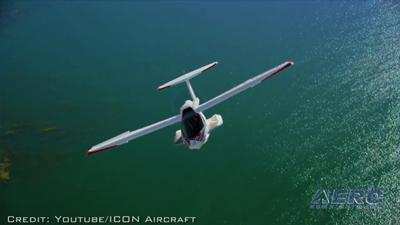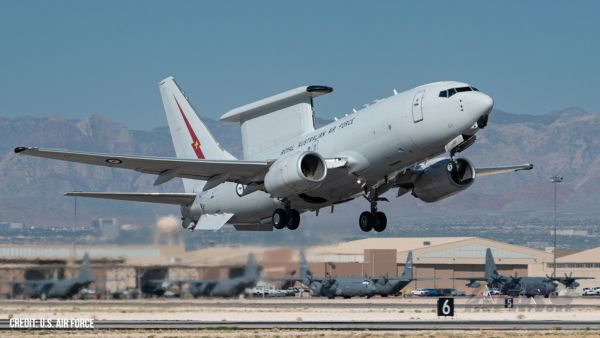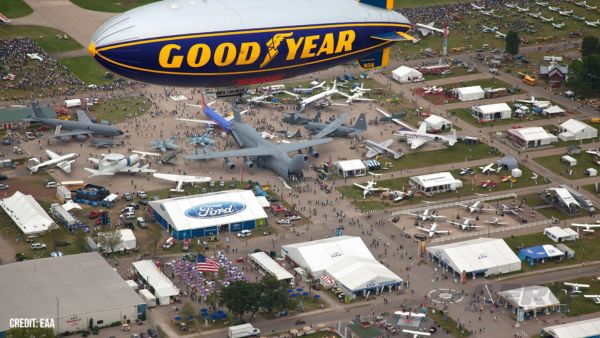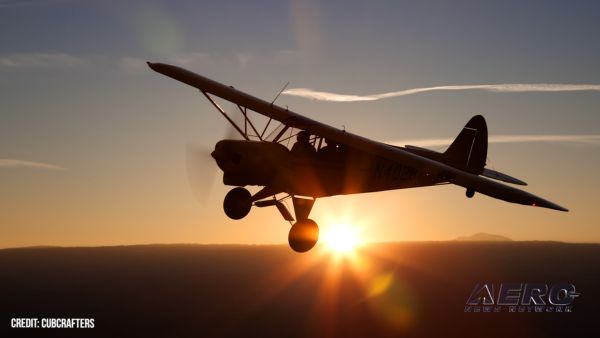Executive Director Of The AOPA Air Safety Institute Says The Accident Could Give The Airplane An 'Unfair Reputation'
E-I-C Note: OK... I'm a little stunned by this... not only does it appear that AOPA has appointed itself an apologist for all things 'Icon' -- but it also seems to have no problem suggesting a probable cause for the tragic Roy Halladay accident LONG before the facts are in and a proper investigation can be completed.

This piece lauds Icon and their errant CEO, Kirk Hawkins, despite the fact that the company has proven itself incompetent on a number of levels, has engaged in fraudulent statements and conduct, has acted wildly and recklessly through its promo and demo programs, it's over a half decade behind original schedules, has over-priced the aircraft to a point where it is now twice to three times the price of a competitive product and well over 250% of what was originally promised, has played all kinds of games with various media entities in order to project an image that is both false and misleading... and so much more. I've had my good and bad days with AOPA, and its conduct, and was once quite the fan of this organization, but this bizarre and misleading missive is more than a disappointment... it is a breach of faith and goodwill with the aviation community who once looked to AOPA to offer them their best, most honest, and credible efforts on their behalf. This piece is an embarrassment to the aviation
community. -- Jim Campbell, ANN CEO. E-I-C
The Story
The Executive Director of the AOPA Air Safety Institute has come to the defense of Icon Aircraft following an accident that fatally injured former Major League Baseball pitcher Roy Halladay, who went down in his new Icon A5 in the Gulf of Mexico.
Richard McSpadden wrote on LinkedIn under the banner of the foundation that the accident "may unfairly taint" the company and the aircraft.
His post is reproduced in its entirety below:
The recent Icon A5 tragedy may have another unfortunate consequence, beyond the tragic loss of a remarkable man, Roy Halladay. The accident will stress the Icon company and put an exceptionally well-designed aircraft at risk of an unfair reputation. Icon set out with a mission to build the safest light sport aircraft in the world, and from my recent flight experience, it appears they achieved that and more, perhaps designing one of the safest aircraft in any category. Icon is working to broaden the aviation market and unfortunately for the industry, those efforts may be stunted due to recent accidents.
Icon Founder and CEO Kirk Hawkins is a driven Stanford graduate with an impressive military flying background and a brilliant vision to expand general aviation by appealing to a new cache of adventurous, spirited potential pilots, much like the kind of people flying appealed to at the dawn of aviation. Icon’s strategy is helpful to general aviation and if successful, will infuse it with new participants, taking advantage of FAA sport pilot rules which open general aviation at reduced cost and regulatory oversight. General aviation needs this kind of infusion.
From limited information and public videos, probable cause in the Halladay accident will likely stem from him not fully appreciating the dynamics of low altitude (LOWAT) flying. LOWAT flying demands constant awareness of “time to impact”, influenced by speed, altitude and aircraft attitude. Minor distractions are exaggerated into significant risks because of reduced time for recognition and recovery before ground impact. Concepts like “time to impact” and responses like “climb to cope” are essential parts of the subconscious when flying LOWAT. Most general aviation aircraft, including the Icon, have an added challenge of relatively limited engine power, which reduces the ability to escape exaggerated pitch attitudes and large sink rates. To their credit, Icon requires transition training before aircraft delivery, which includes some LOWAT training, and Icon recently published a well-thought-out piece on LOWAT flying, providing some
guidelines and considerations.
Icon may need to expand LOWAT education and perhaps infuse their training programs with methods to instill a culture and a mindset among Icon pilots that respects the demands of LOWAT flying, while still promoting the fun and adventure. These are not mutually exclusive concepts. Hawkins will have to assess whether or not he has the right mix of instructor cadre to conduct expanded training optimized for general aviation pilots, who have varied training backgrounds and are constantly managing time and funding constraints.
About a decade ago, Cirrus had a troubling accident rate and the reputation of the aircraft suffered despite significant safety enhancements. Cirrus responded, redesigning training and working with the Cirrus Owners and Pilots Association (COPA) to change the Cirrus culture and help pilots adapt and take advantage of the aircraft’s safety features. Icon will need a similar response to learn from this year’s tragedies and establish a culture that promotes the thrill of flying in the LOWAT environment, while instilling a respect for “time to impact” among an adventurous breed of general aviation pilots.
(Image from file. Source as cited)
 NTSB Final Report: Rutan Long-EZ
NTSB Final Report: Rutan Long-EZ ANN FAQ: Turn On Post Notifications
ANN FAQ: Turn On Post Notifications Classic Aero-TV: ICAS Perspectives - Advice for New Air Show Performers
Classic Aero-TV: ICAS Perspectives - Advice for New Air Show Performers ANN's Daily Aero-Linx (06.28.25)
ANN's Daily Aero-Linx (06.28.25) Aero-News: Quote of the Day (06.28.25)
Aero-News: Quote of the Day (06.28.25)


